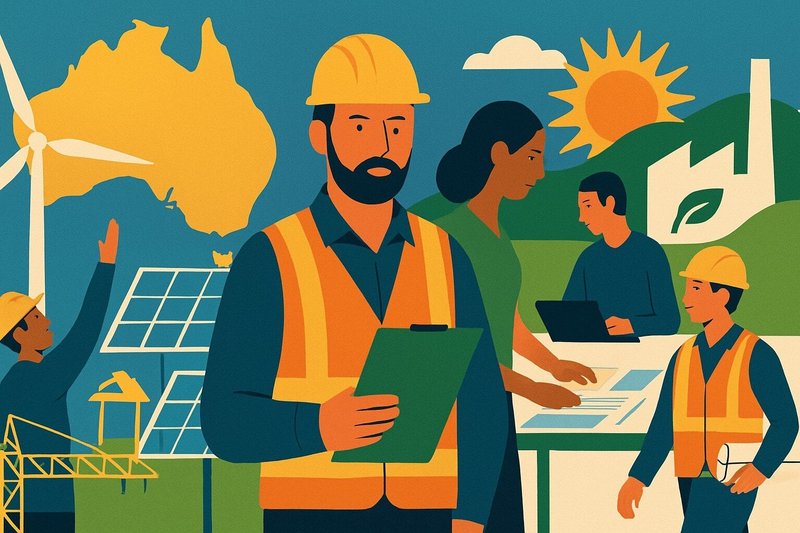While governments and investors around the world continue to put cash and effort into ensuring the success of the clean energy industry, numerous studies have identified a lack of manpower as the biggest threat to its future.
Australia’s anticipated surge in wind, solar, storage, hydro and bioenergy projects is forecast to deliver billions of dollars in capital investment and hugely increase the country’s renewable energy generation and storage capacity.
However, at the same time, industry bodies continue to raise concerns over the ability to attract enough skilled workers.
40,000 Workers Needed
According to the Clean Energy Council (CEC), 97 renewable energy projects were under construction across Australia, or due to start soon, at the end of 2024 and estimates suggest that an additional 40,000 workers will be needed by 2030 to support the ongoing transition to renewables.
This growth is not only in direct employment for renewable energy projects, but also includes jobs in related industries such as manufacturing, transport, and hospitality, particularly in regional areas.
The International Energy Agency has suggested that the renewable energy sector is experiencing significant job growth, particularly in clean energy technologies like solar PV, wind, and electric vehicles.
The flipside, however, is that this growth is creating skills shortages, with employers facing difficulties in finding qualified workers for certain roles in these industries..
Job-Ready Program
In a bid to help overcome the manpower concerns, the CEC recently launched a new clean energy job-ready program that features standardised skillsets, training, career pathways and a digital skills passport to support and attract more tradies, apprentices, and job-seekers to the clean energy industry.
Based on 12-months of consultation with the sector, the program will aim to make it easier for job seekers—primarily in Victoria and Queensland—to attain the relevant skills needed to work and seamlessly transition between large-scale wind, solar and storage projects, while helping employers mobilise a safe, competent and qualified trade workforce.
CEC chief policy and impact officer, Arron Wood, called this a critical time for the industry after the federal government reaffirmed its commitment at the last election to deliver on its 82% renewable energy target by 2030—creating thousands of new jobs and opportunities for skilled workers in the process.
